
David Ruddock
Contributing since June, 2010
-
3358articles
Page 2
About David Ruddock
David is the former Editor-in-Chief of Android Police and now the EIC of Esper.io. He's been an Android user since the early days - his first smartphone was a Google Nexus One! David graduated from the University of California, Davis where he received his bachelor's degree, and also attended the Pepperdine University School of Law.
Latest Articles

Android Police wants you (to write for us) — apply today
We're hiring for a range of potential roles
I've worked at Android Police for over a decade now, and I'm proud of the team we've built here during those years (including members both current and former). AP has taken great care of me, and it's a place I look forward to working every day. Once again, we're looking to grow that team, and are hiring for a number of roles. I'll let the listings do the rest of the talking.
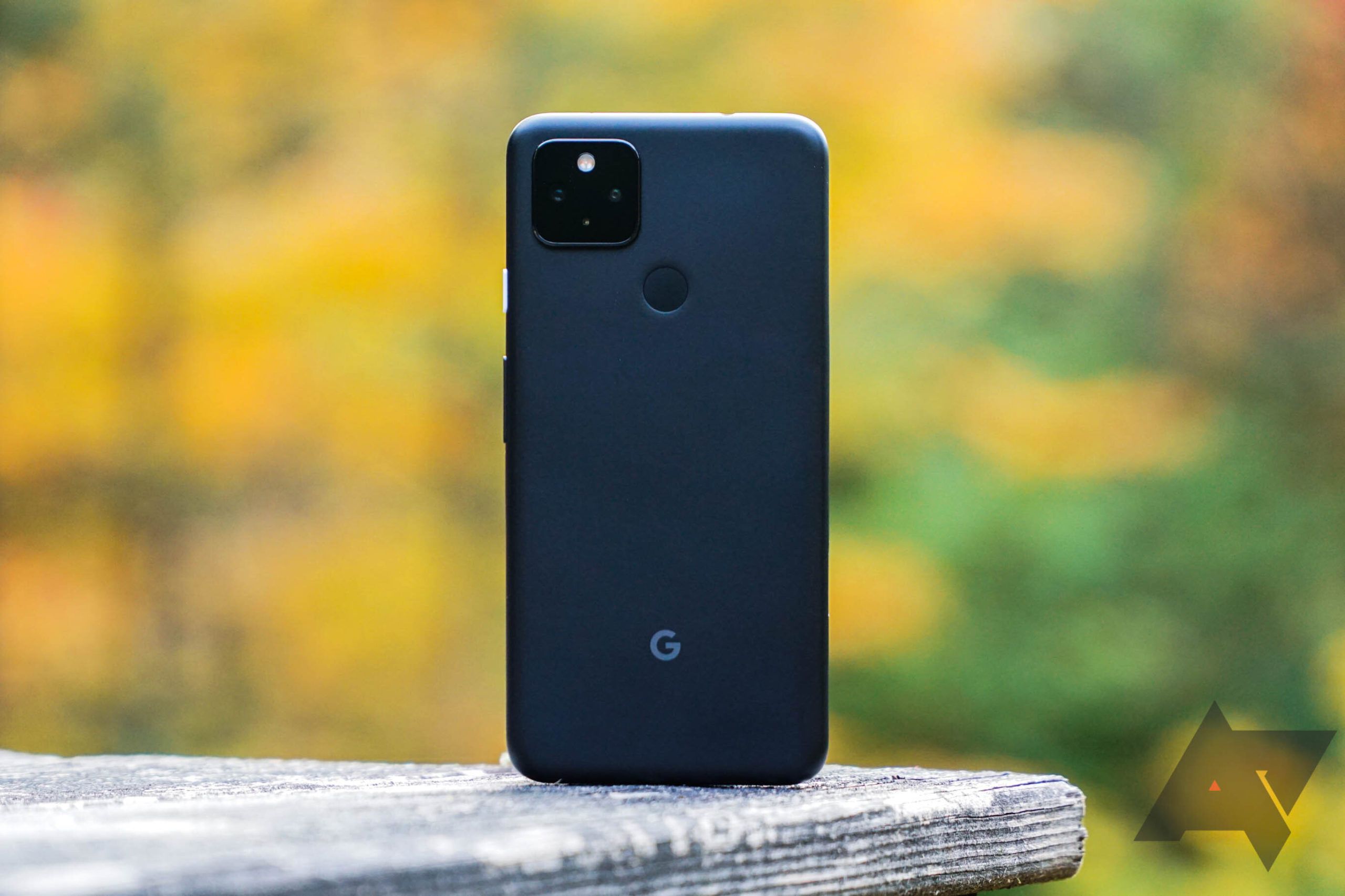
I am very happy that budget smartphones finally, really don't suck
The definition of "budget" is broader than ever — and that's a good thing
We learned a lot in 2020. About face coverings, about entertaining ourselves in our own homes, about staycations, and probably about making bread — or at least personally net carbohydrate profiteering off of someone who did. But in the realm of smartphones, one trend markedly stood out amidst a global economy (and frankly, just a globe) in turmoil: good, relatively inexpensive phones.
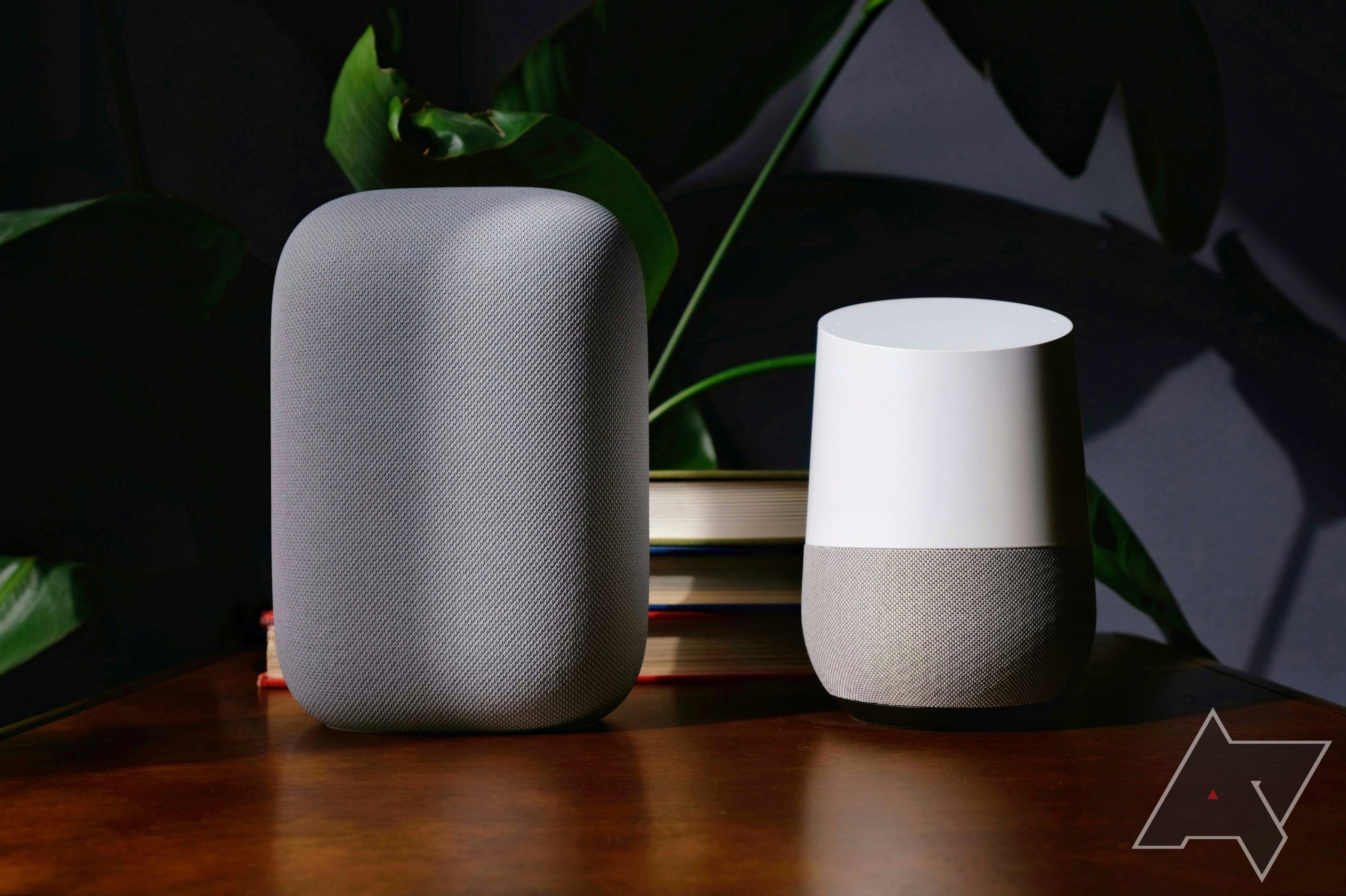
Google Home's 'suggestions' are annoying and useless, and it's time for them to die
By the way, no, I don't want to check sports scores, Google
Imagine if every time you opened Gmail in the morning, you got a notification reminding you that you could attach files from Google Photos to your emails. Wouldn't that be incredibly annoying? On an unrelated note, ever ask your Google Home what the weather is, only for it to then "helpfully" suggest you set up the "Good morning" feature? Or check sports scores? Or tell you how to play the news? Or one of a handful of other not-very-useful tips and tricks you in no way asked for? You're not alone, and neither are you alone in the realization that there is no guaranteed way to stop these useless engagement experiments.
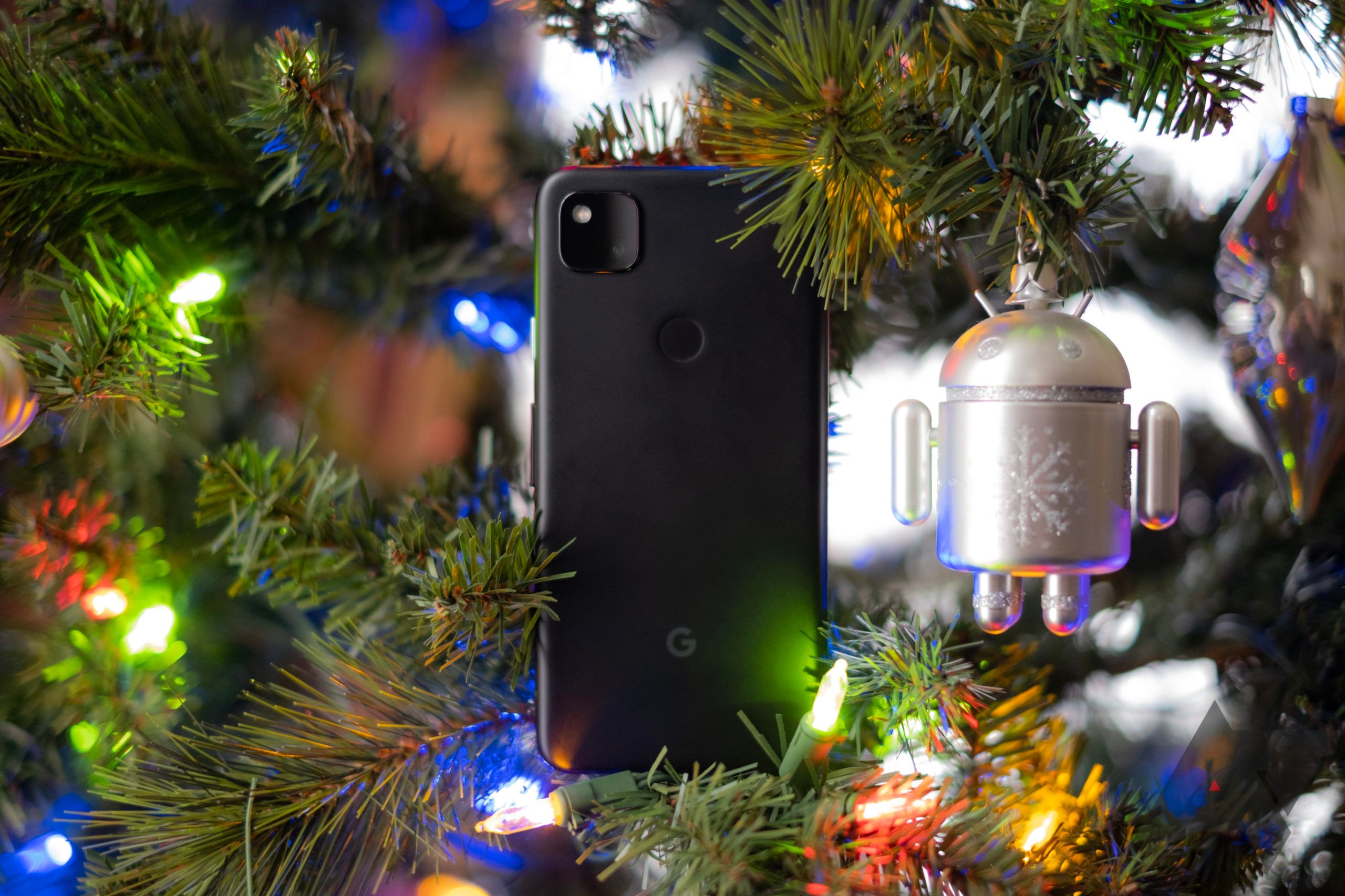
The Pixel 4a is our 2020 Smartphone of the Year
$350 buys you far more phone than it has any right to in 2020
You could say with the Google Pixel 4a, Google was already up against long odds facing the outgoing Pixel 3a, a phone we also named our Editors' Choice phone of the year in 2019. And yet, the Pixel team did exactly that: the 4a is faster, better future-proofed (more RAM and storage), lasts longer on a charge, and is simply better designed than its predecessor, featuring a more modern display with impressively little bezel. Oh, and Google did all this for $50 less than the Pixel 3a. It was the definition of a smartphone homerun, and seven out of eight Android Police editors agreed (someone voted for the Z Fold2 ಠ_ಠ).
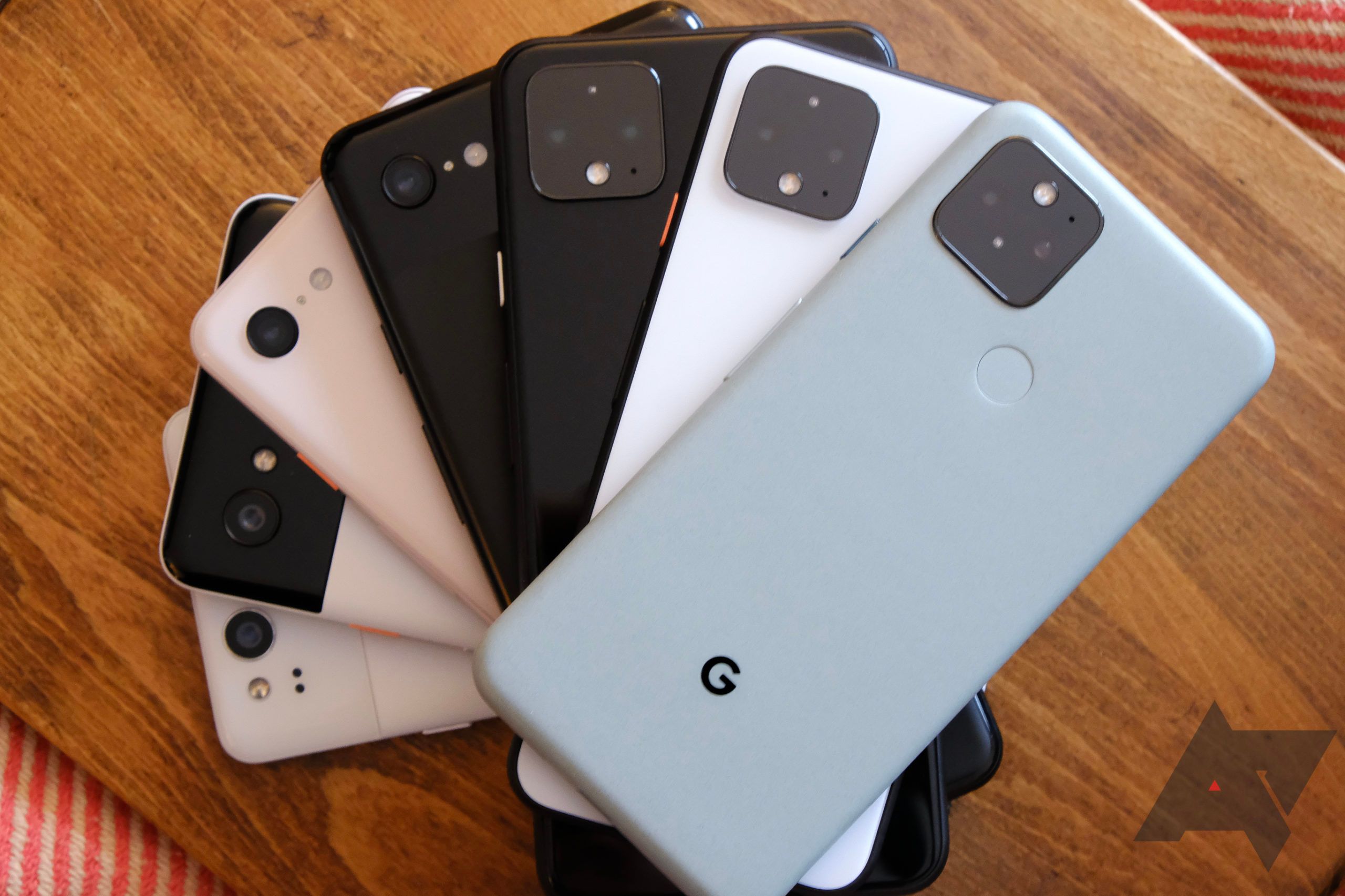
Google and Qualcomm's big update announcement isn't what it seems — here's what you need to know
Nothing is actually changing for Pixel phones, or even most high-end Samsung ones
Today, Google and Qualcomm announced what seemed like a big improvement to updates for Android smartphones. The headlines (ours included! We were confused, too) largely read as though Android phones with Qualcomm chipsets would now receive "four years" of Android updates, an additional year on top of what manufacturers like Google and now Samsung have offered on their top-tier smartphones. Except, that's not actually what it said.
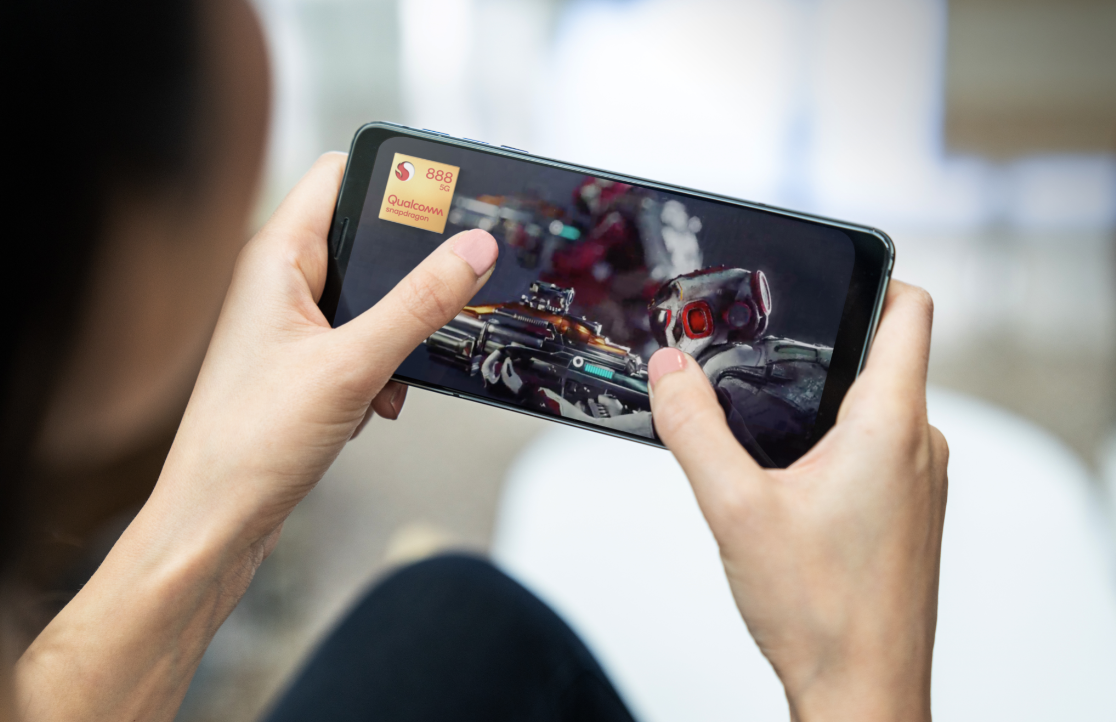
The Snapdragon 888 is a surprisingly big step forward
Substantial CPU, GPU, and AI performance gains make this chip a head-turner
Last year, I said the Snapdragon 865 was the most important smartphone chip in years. I meant that, and stand by it, because it was the chip that introduced 5G to the (relatively unenthusiastic) masses and ensured that 5G would be a standard feature on most mainstream phones going forward. The Snapdragon 888 doesn't have that same wireless generational leap as its predecessor, but the architectural changes to Qualcomm's newest silicon actually do feel more significant this year. Let's break it down.
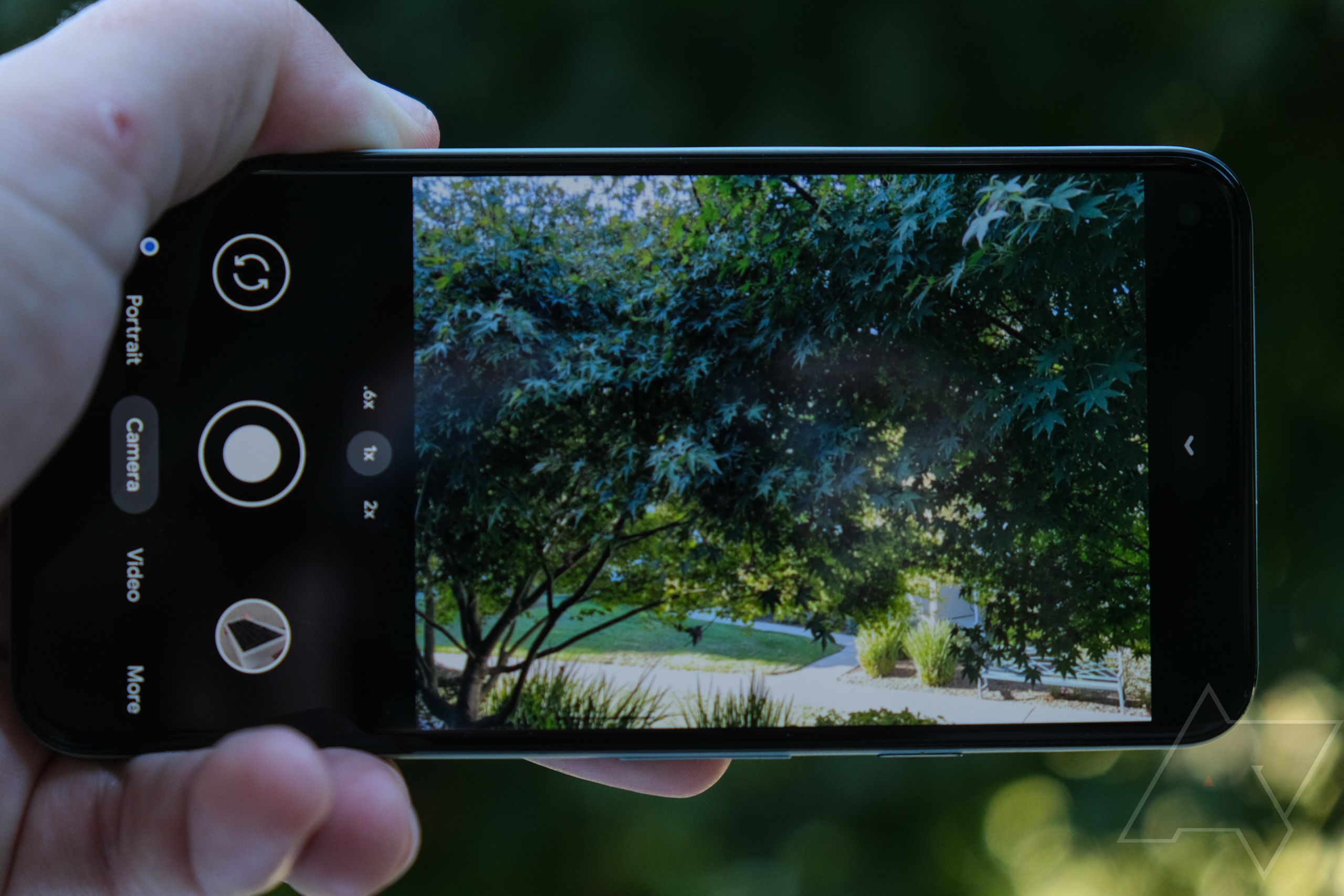
Google was wrong to drop the telephoto lens on the Pixel 5
So help me, the next person to say "bUt YoU cAn'T zOoM oUt WiTh SoFtWaRe..."
One of my favorite features on the Google Pixel 4 and 4 XL were their telephoto camera lenses. While they lacked the kind of extended range you might find on a phone like the Galaxy Note20 Ultra, the effective 2x zoom factor coupled with Google's Super Res Zoom AI made the Pixel 4's maximum digital zoom usable, at 8x. You don't need to take my word for it, either. Here are two photos, one taken by my Pixel 4 XL, and one by the Pixel 5, at 7x (the Pixel 5 maxes at this zoom factor).
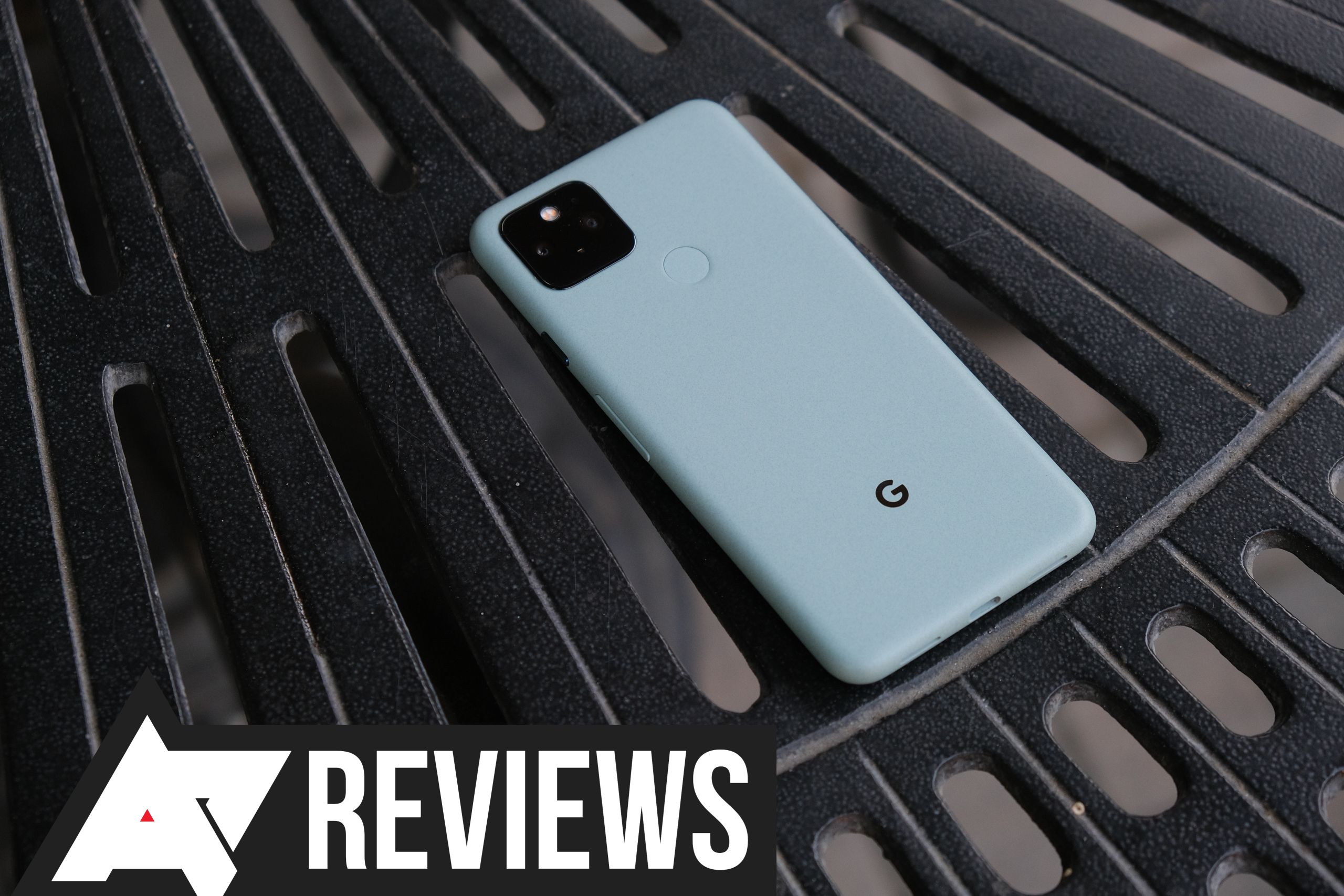
The Pixel 5 is not enough — and way too much
Unrealistic pricing and regressions over the prior generation are too hard to overcome
I've been using the Pixel 5 for the better part of a week now, and it's the first Google phone in years I'm getting a very particular feeling about. It takes great photos, I think the physical design is muted in a very charmingly Google way, and the software is exactly the unfettered Android experience I've come to know and love. But I'm just not sure how long I'm going to keep using it now that this review has gone up.The Pixel 5 is by its nature an exercise in compromise. A slower chipset, the lack of face unlock, a missing telephoto camera lens, and cost cuts on components like haptics make it a bizarre case of this year's phone being worse in very material ways than last year's. And yes, it also improves: the Pixel 5 has more RAM (8GB), more storage by default (128GB), 5G (arguably useless in the US), and a battery that just goes and goes. These are all pretty good things (especially that last one)! But once you consider the price of this phone — $700 here in the US — the things you give up just cut too far in the wrong direction for me.This was also my gut reaction the moment Google announced the retail price of the Pixel 5 here in America, but now that I've had a chance to really stew on it, I feel even more strongly. There's not just a reasonable case to be made that saving $100 was a wise decision here — it's left the Pixel 5 compromised in ways competitors will easily exploit. It's too bad, because the Pixel 5 is, even faults considered, a pleasant phone to use. But that price is a critical hump I'm just not able to get over.
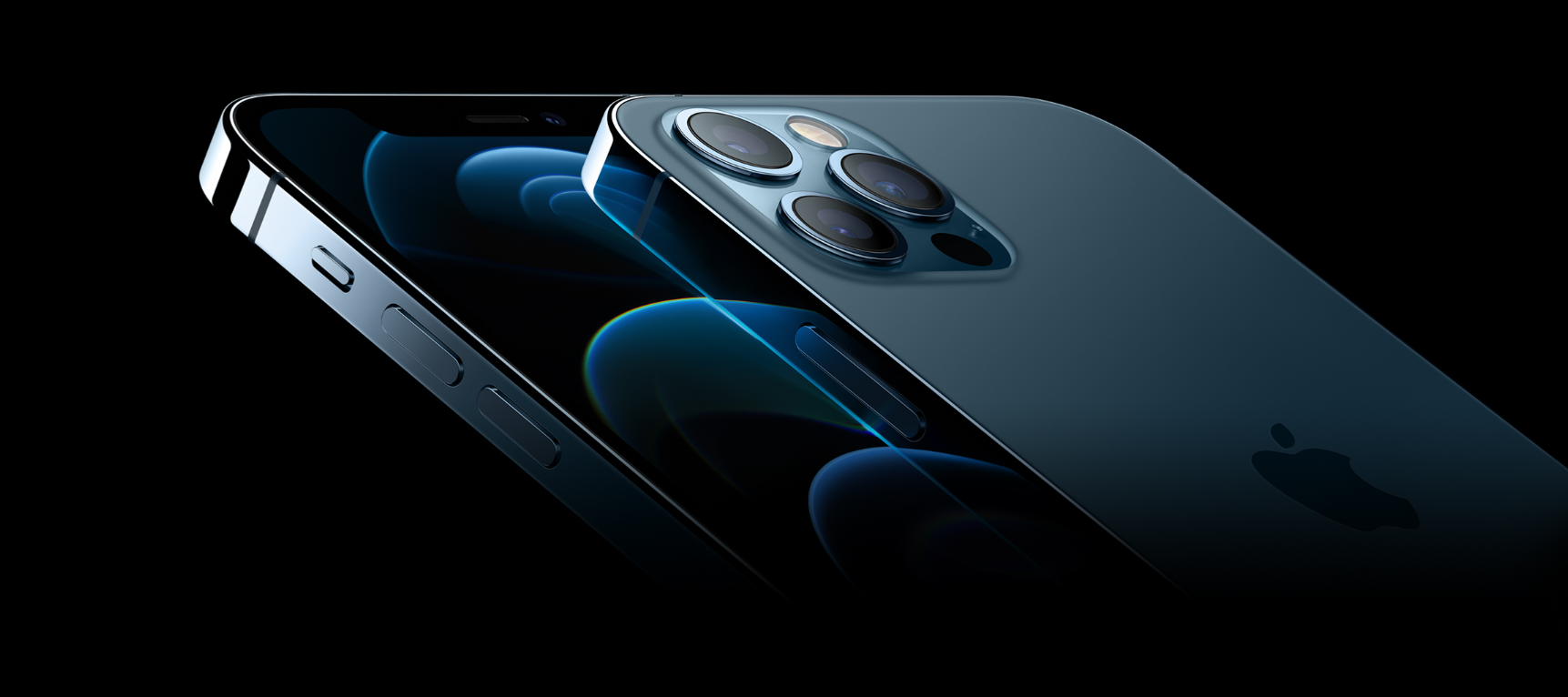
Today, Apple announced its latest family of phones: the iPhone 12, the 12 Mini, the 12 Pro, and the 12 Pro Max. One brand-new feature they all share is support for the fifth-generation mobile network technology known as 5G. For months, commentators and analysts have speculated that this fresh wireless whiz-bang could finally make 5G a going concern for smartphone buyers in the US. So, let's dive in: now that the iPhone finally has 5G, will 5G finally start to matter to ordinary people? Should you care about it?
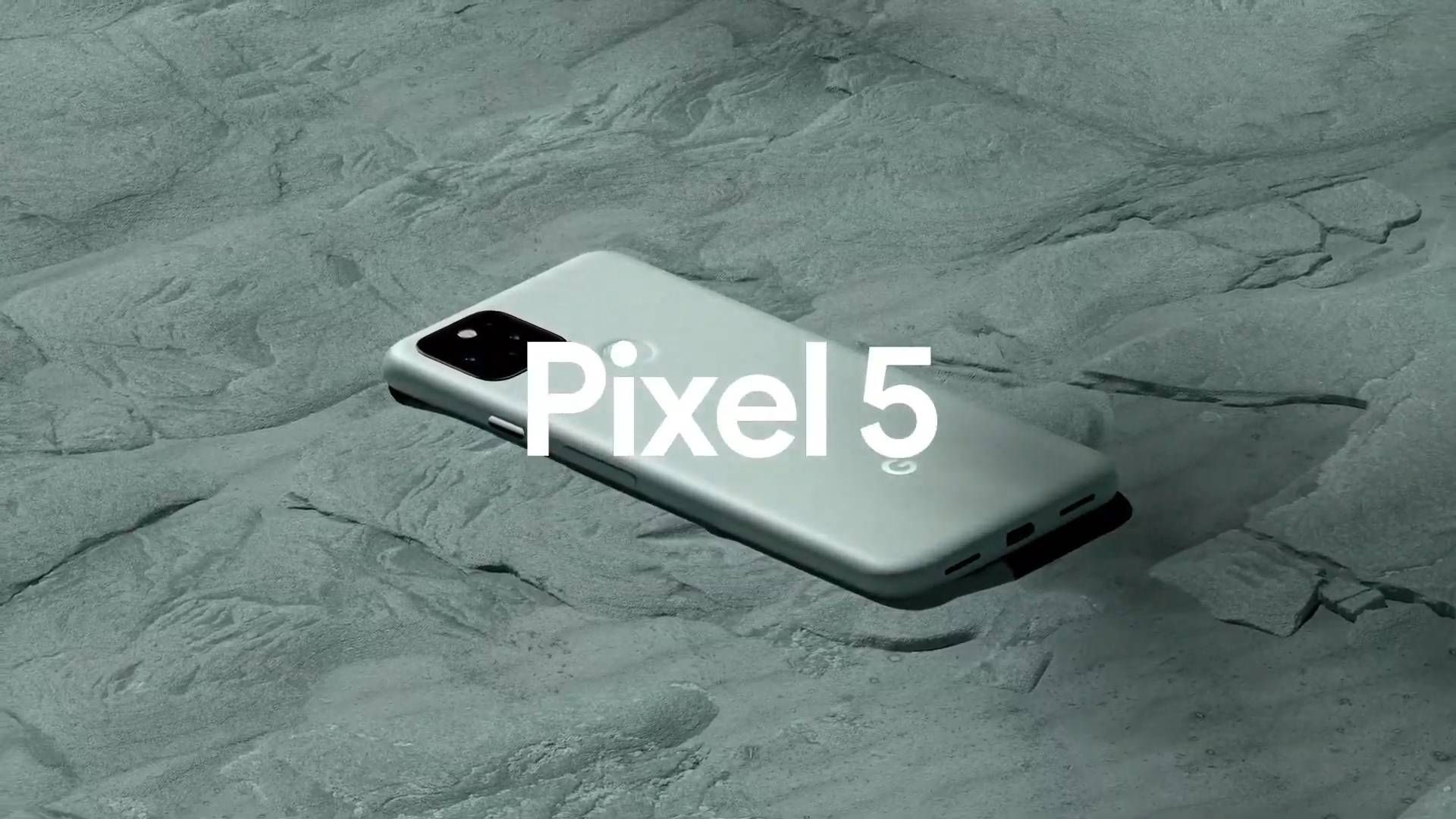
Including expensive mmWave 5G on the Pixel 5 was a big mistake, Google
mmWave 5G is what everyone wants? Really?
When it launches, the Google Pixel 5 will cost $699 in the United States — easily making it the most expensive Snapdragon 765 device on the market globally. For comparison, OnePlus's Nord costs around $470 in Europe, while the US-sold LG Velvet retails for $600. Both phones have larger screens, more cameras, in-screen fingerprint scanners, and still support the actually-usable sub-6GHz 5G being deployed globally. And I think that pretty much tells us what we need to know about why the Pixel 5 is commanding such a premium — mmWave 5G no one asked for or needs.
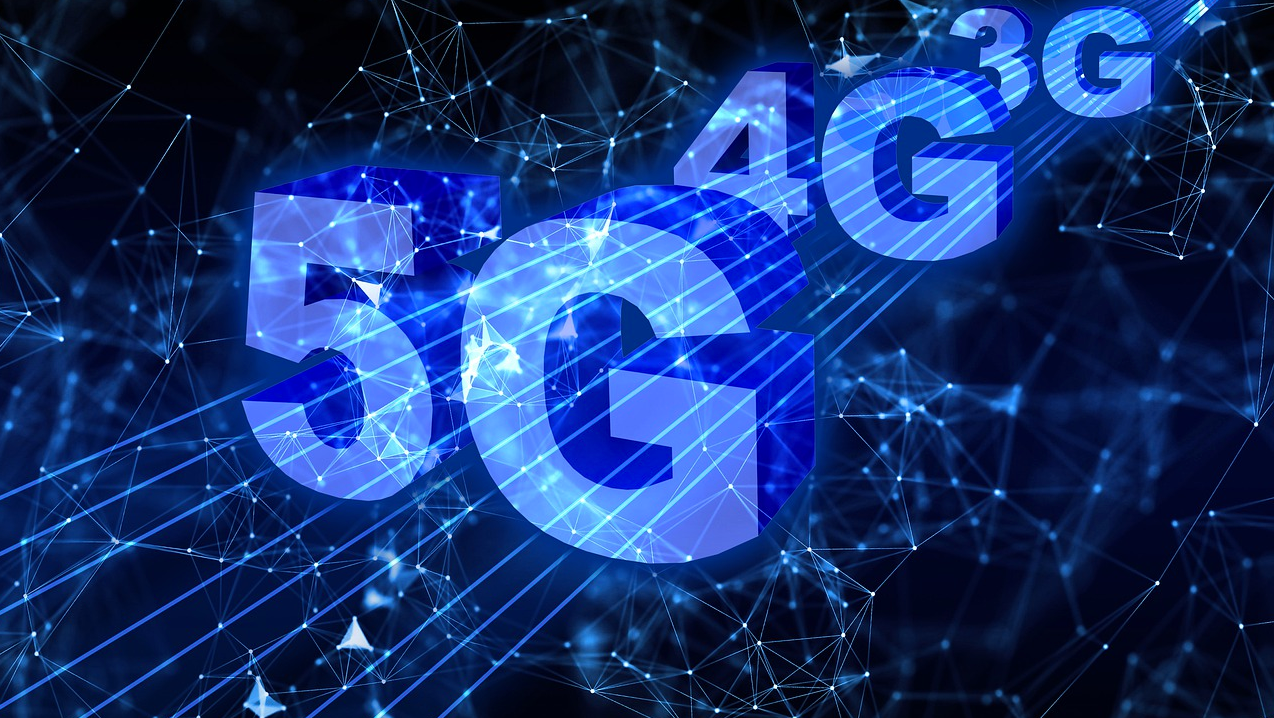
5G has succeeded — in making my phone more of a pain in the ass
Next generation networks bring last generation problems
5G is a necessary and transformative technology, you'll get no argument from me. It's going to allow our cellular networks to scale to previously unimaginable levels, and connect everything from traffic lights to tractors to truck assembly plants in the process. But if you're like me, you probably know 5G first and foremost as the next generation of wireless connectivity for your smartphone. That also overwhelmingly remains the core purpose of almost any 5G deployment on earth right now, aspirational IoT marketing aside. And here's the thing about those networks: they're fairly awful to actually use right now.

US Customs doubles down on OnePlus Buds seizure, says they violate Apple trademark
The CBP is making a bizarre stand, presumably to save face
In a response sent to Android Police, US Customs and Border Protection has indicated it does not intend release a shipment containing thousands of OnePlus Buds headphones back to OnePlus. Instead, the agency is doubling down on its decision to seize the offending earphones, saying that they violate Apple's trade dress for its signature AirPods.Somewhat notably, Apple's initial filings for trade dress of its headphones were denied by the USPTO, but later successfully registered after that decision was contested. Trade dress, which is a type of trademark that protects the distinctive look and feel of a product (as opposed to a name or logo), is often cited when in seizures of counterfeit goods. Except, I think US Customs has a pretty uphill battle in its allegation here. First, the CBP's statement from a spokesperson:
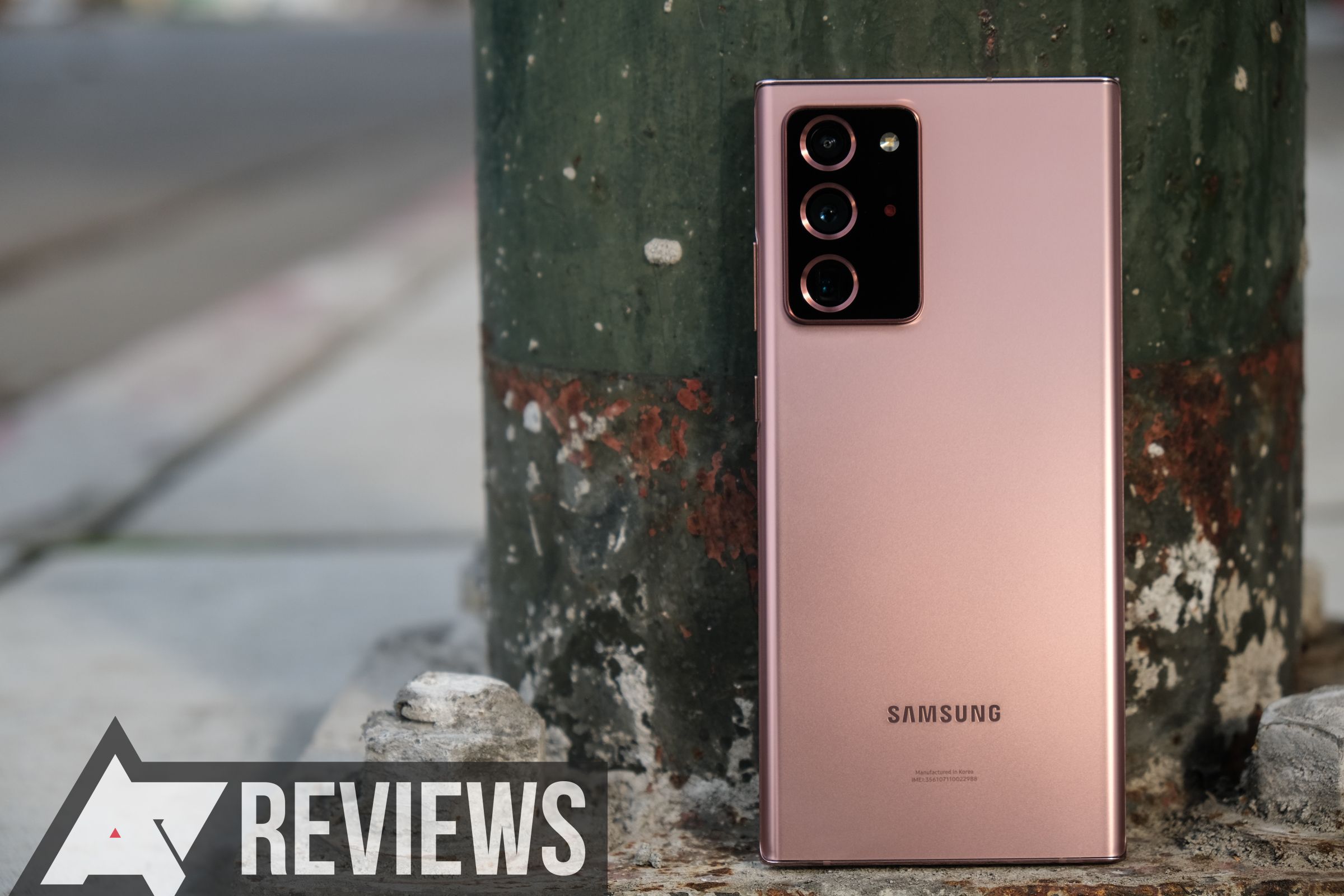
Galaxy Note20 Ultra long-term review: A (physically) massive success
$1300 is a lot of money for any phone, even a great one
Read update
The Galaxy Note is an unusual smartphone for one reason, and one reason only in 2020: its stylus, the beloved S Pen. And while everything else about it feels incredibly familiar, it's impossible to deny that no other phone can scratch the very particular itch Samsung does with the Note. If you were a bit of cynic, you'd probably sum up the Note20 Ultra as "an S20 Ultra with a pen," and I'll level with you: you wouldn't really be wrong. But we weren't fans of the S20 Ultra, and our review made that much clear. Unresolved autofocus issues on the main camera and an astronomical $1400 price tag were hard to stomach as it was, and with comparatively little to differentiate it from phones like the much cheaper OnePlus 8 Pro, Samsung's halo product simply didn't feel up to the task. How, then, can the remarkably similar Note20 Ultra escape that legacy? The obvious answer is that it can't—not fully, at least. But it does improve in meaningful ways, and while it is still bonkers expensive at $1300, there's no doubt you're getting more phone in the Note20 Ultra for less money than you did in the S20 Ultra. When you're talking about phones costing this much, that might not even feel material, but if you are in the market, Samsung and carriers have been offering fairly aggressive discount and trade-in options that could soften the blow. And for Note fans, that may well be enough to pull the trigger.
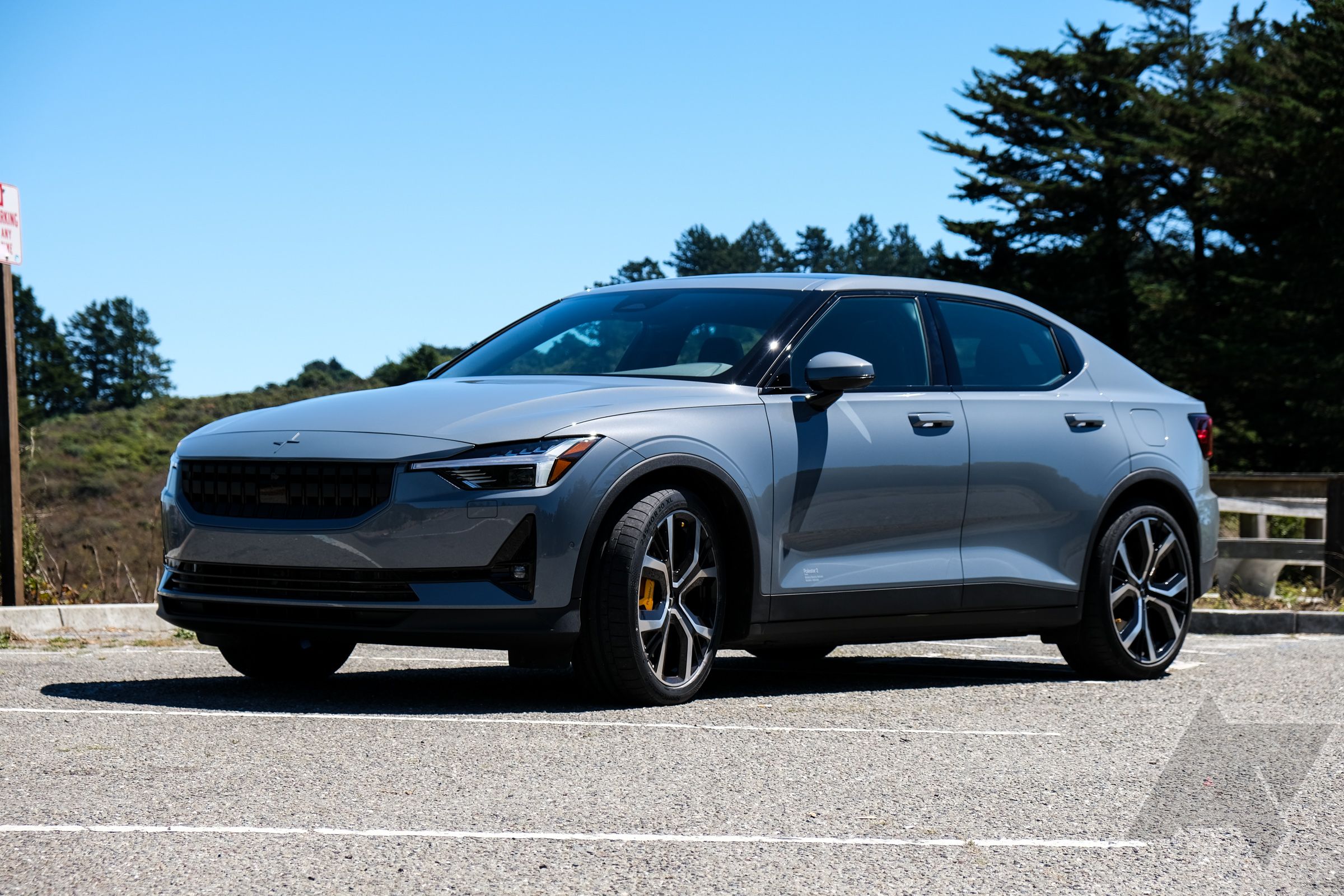
I drove the world's first car with Android Automotive for a day — here's what it's like
Google's in-car OS could be a game-changer for the next generation of mainstream vehicles
The Polestar 2 is a very important vehicle. It's the first legitimate EV competitor to Tesla's Model 3, and Polestar's first mass-produced vehicle, both of which are incredible milestones. But we're taking a look at it from the perspective of another huge first: the debut of Google's Android Automotive, an in-car infotainment operating system designed to control everything from navigation and music to your air conditioning and traction control settings. Entrusting Google to build such a platform may sound a bit iffy if you're not familiar with the vehicle space, but if you are, you know automakers have been using Android for years, generally without Google's blessing (and often ludicrously old versions of the platform). After a day with the Polestar 2 in the winding hills of Northern California, I can tell you confidently that Google's cooperation has helped Polestar build a smarter car.
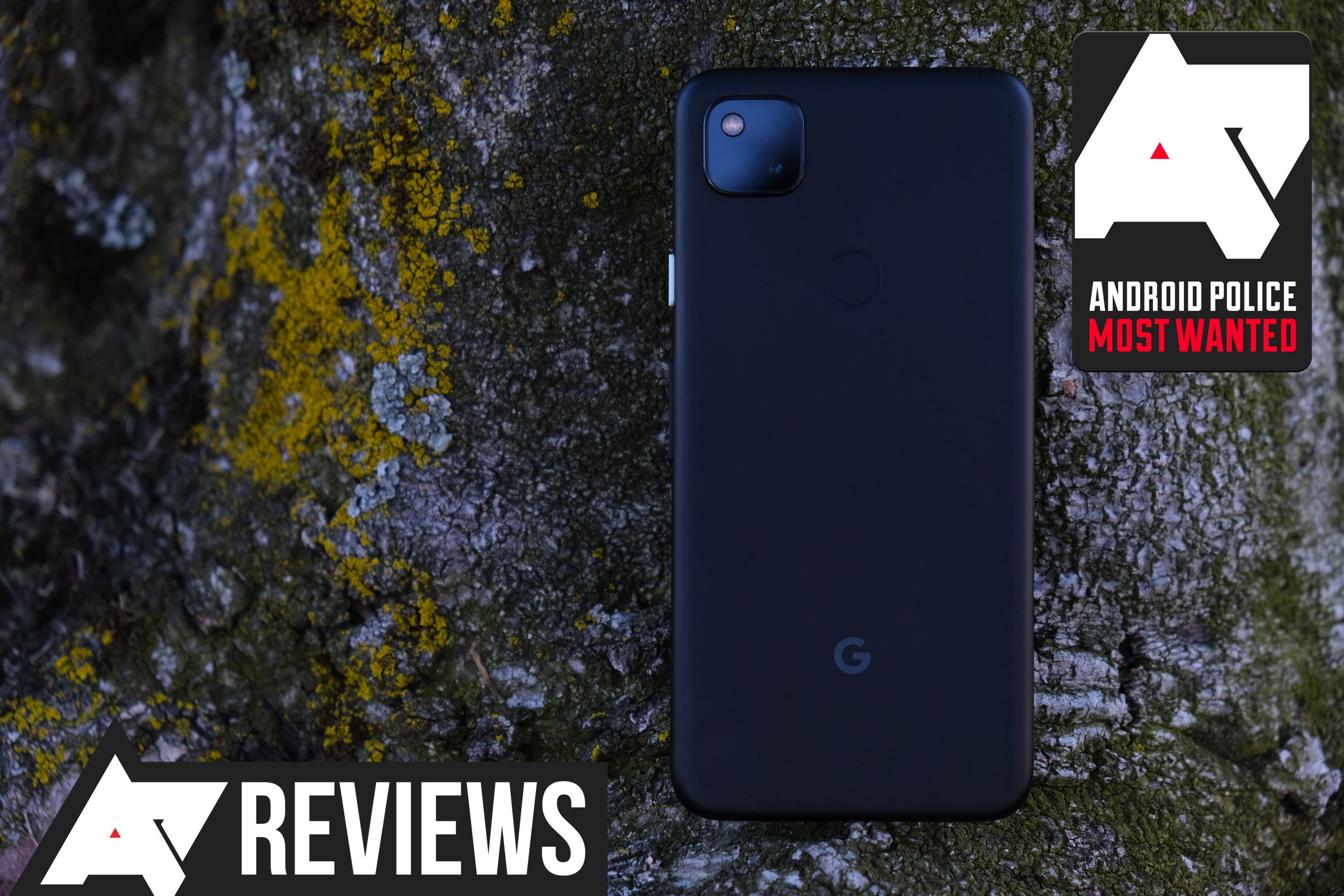
Google Pixel 4a review, two weeks later: All the phone you need, none of what you don't
A Nexus by any other name
Read update
The Pixel 3a debuted at Google I/O 2019, and it was closer to budget smartphone nirvana than any phone in the US that came before it. That was, until Apple responded with the iPhone SE. The Pixel 4a is Google's counterpunch, and while many would argue it's an apples to oranges (or Pixels) comparison, I think the Pixel 4a actually comes out on top of the iPhone SE in a lot of important ways. And I'm actually a little surprised by that. Google's phones have long had reputations—even back to the Nexus days— of strange or confusing design and hardware decisions that make its phones feel compromised or incomplete. The Pixel 4a, though, bucks the trend. It really is a struggle to find meaningful flaws in this phone—and I'm serious about that. For the money, it is genuinely hard to imagine a way Google could make a better smartphone. In that sense, it feels like the Nexus that never was: cheap, uncompromising, and with a camera you'll actually want to use.The Nexus comparison feels apt, too. At $350, the 4a is the cheapest phone Google has sold since the Nexus 5 in 2013. While flaws like a pretty terrible camera and middling battery life dogged the Nexus from day one, it was well and truly beloved by many Google fans. Our own Ryne Hager actually used a Nexus 5 as his personal phone for a post two years ago and found it had aged surprisingly well (for a smartphone). In many ways, the Pixel 4a seems a fitting spiritual successor to that phone: it's understated, it's shockingly capable for the money, and it dispenses with any feature frivolities. You'd rightly point out that its predecessor, the Pixel 3a, was similarly positioned and equipped. But the Pixel 4a takes the 3a's rough edges and polishes them to a near mirror finish. Gone is the dated, heavily bezeled display, storage is doubled to 128GB (UFS 2.1, too—not the 3a's eMMC), RAM is upped to 6GB, and a substantially more capable Snapdragon 730G processor is inside. For all of these improvements, Google is asking for fifty dollars less than the 3a. This isn't just a great phone for $350, it's a great phone—no asterisk required.
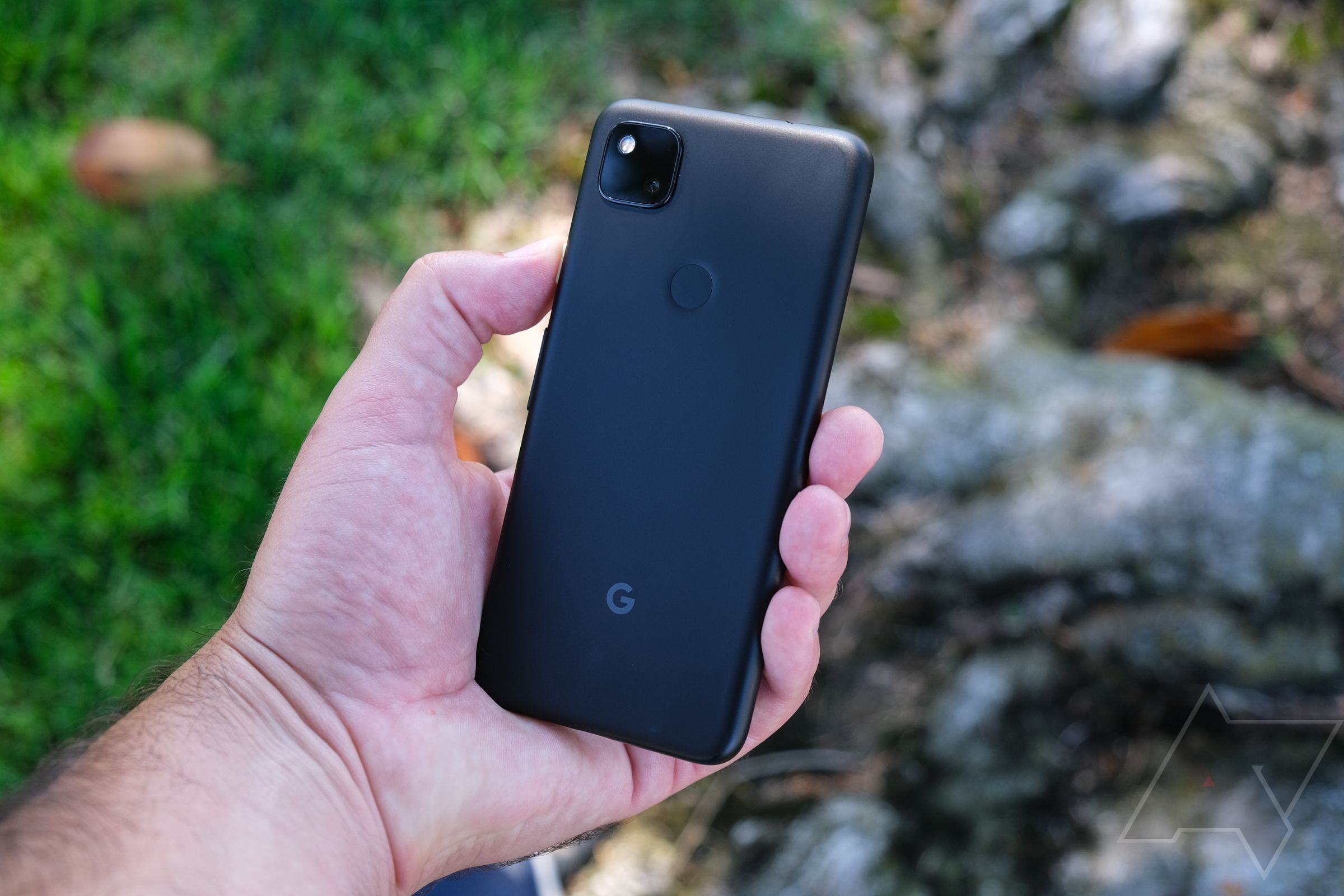
My Google Pixel 4a battery life impressions after almost a month using the phone
The 4a is an endurance champion
I've been lucky enough to have the Pixel 4a in my pocket nearly a month, and in that time I've become confident in my assessment of its battery life. In a sentence, the Pixel 4a has the best battery life of any smartphone Google has ever made. You might scoff at that, as pretty much every phone Google has ever made, even the Pixels, have had mediocre to outright terrible battery life. But not the Pixel 4a. This phone call go all day, and then some—this is probably a two-day smartphone for most people, and given its battery isn't even that big, that's pretty dang impressive.
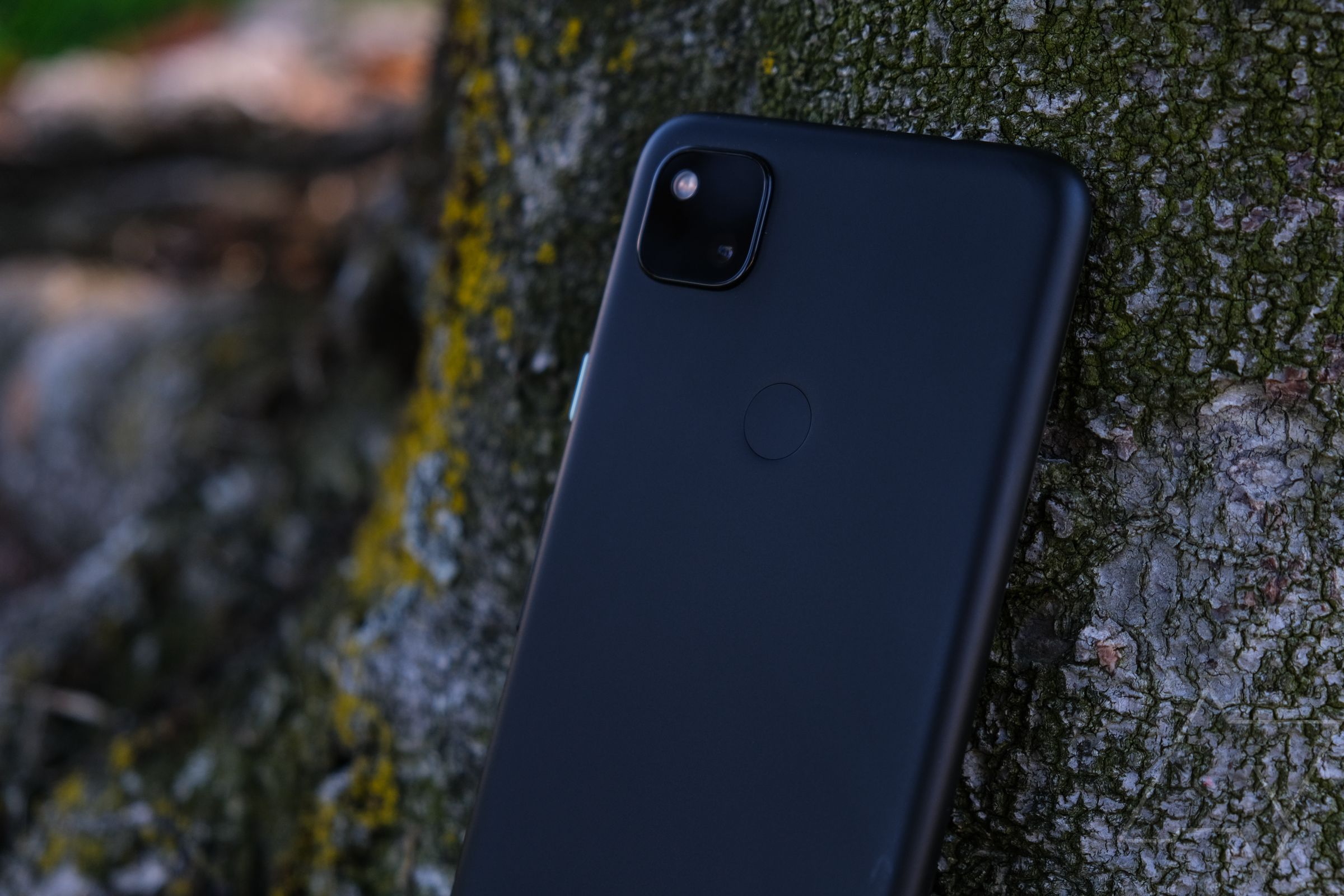
Google Pixel 4a vs Pixel 4 camera comparison: Is there a difference?
Minus that missing telephoto lens, not really (which is a very good thing)
One of the delightful surprises that came with the Pixel 3a last year was its camera. Unlike so many smartphone manufacturers, Google didn't opt to somehow make the imaging experience on its budget phone worse: the photos it took were exactly like those shot on the premium Pixel 3 and 3 XL, phone costing twice as much. As a result, the 3a took photos better than many $1000 flagships. With the Pixel 4a, Google hasn't messed with that formula. The new budget Pixel snaps shots that look every bit like those from its far more expensive siblings, and will make anything this side of an iPhone 11 Pro jealous.
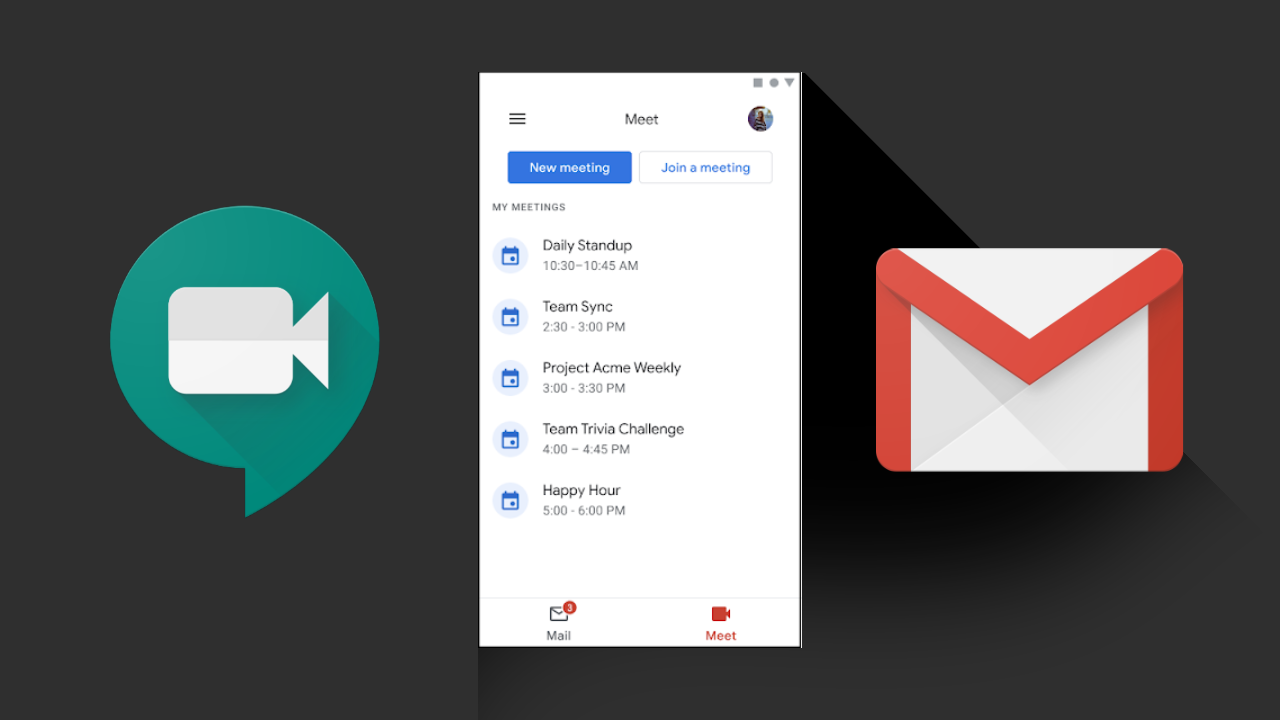
Terrible, space-wasting Google Meet integration is rolling out for Gmail on Android
You can disable it, though
Gmail's rather obnoxious Google Meet integration began to roll out widely to users of the app today on Android, signaling that the space-wasting UI tweak is moving full steam ahead. Our devices have started receiving it, and it's just as annoying as you'd expect, eating a solid 10-20% of your Gmail inbox list UI depending on how long your display is. It's a blatant attempt to shoehorn Meet into an extremely popular Google app, as Google commits to offensive action in the videoconferencing wars.
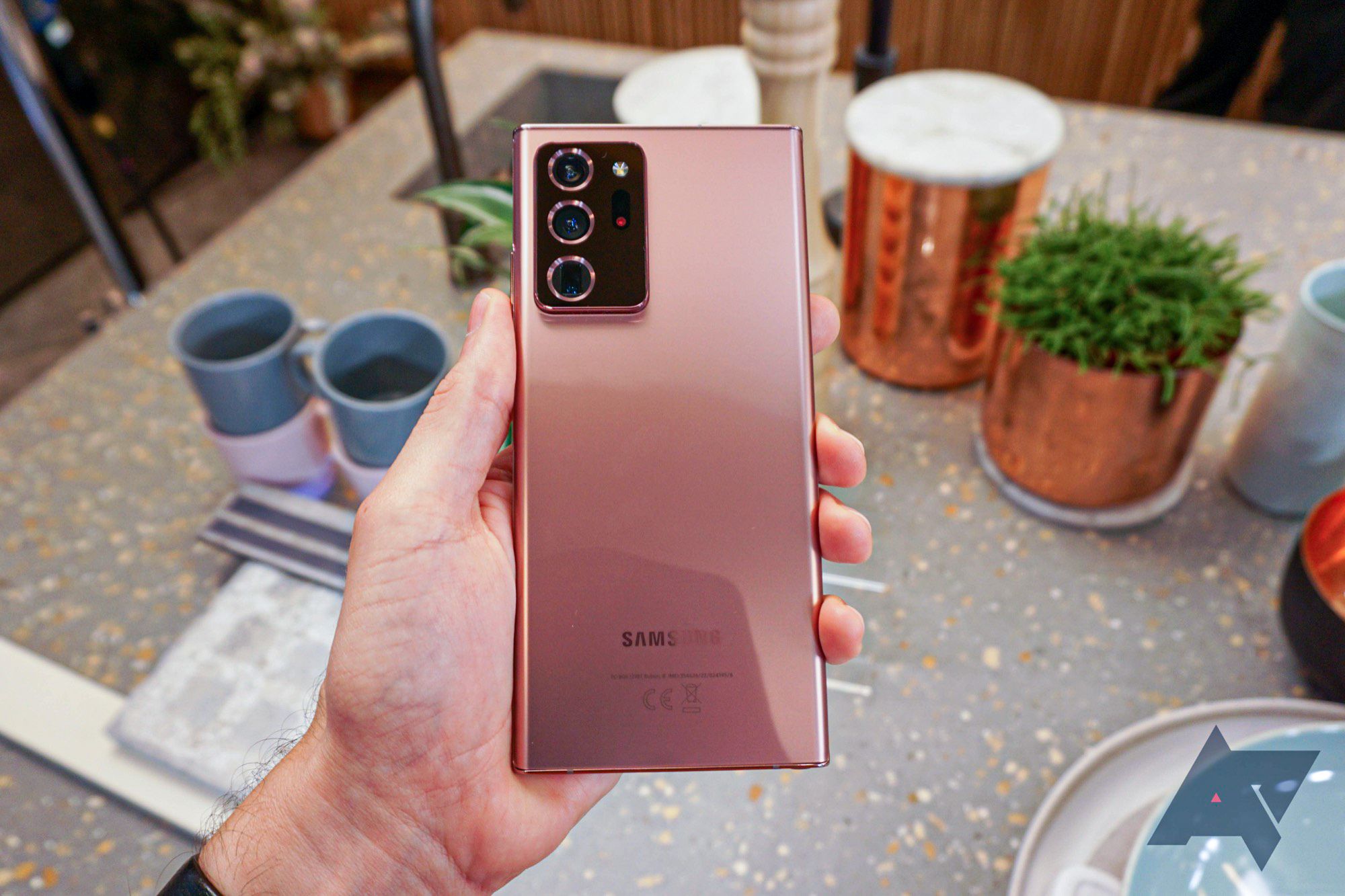
The Note20 Ultra feels like the end of the smartphone's gilded age
$1300 phones just don't seem quite right anymore
The Galaxy Note20 Ultra is big, probably very fast, and has Samsung's most advanced stylus tech ever. Add in the obligatory 5G tax, and everyone knew this was going to be a very, very expensive smartphone: it is wholly unsurprising.
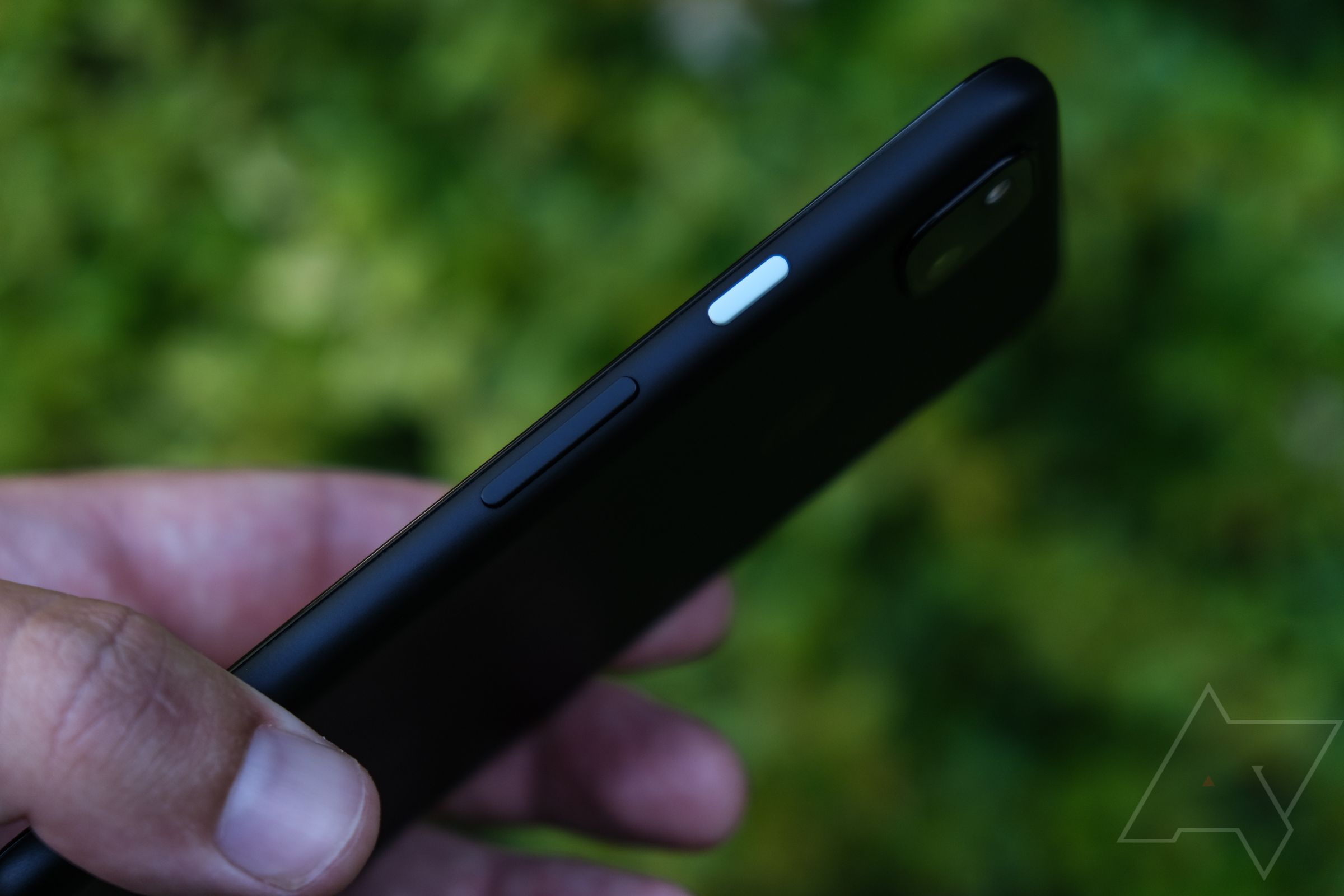
Google gives surprise announcement for the Pixel 5 and Pixel 4a 5G
And yep, it's a big tease
Last year, Google revealed the upcoming Pixel 4 when leaks made it clear the phone was going to be breaking cover whether Google wanted it to or not. This year, it seems to be doing the same with the upcoming Pixel 5 and Pixel 4a 5G, and on the day the Pixel 4a is launching, no less. This teaser image was published in a Google blog post and on the Google Store, and that's not all Google is telling us: they're talking money.

